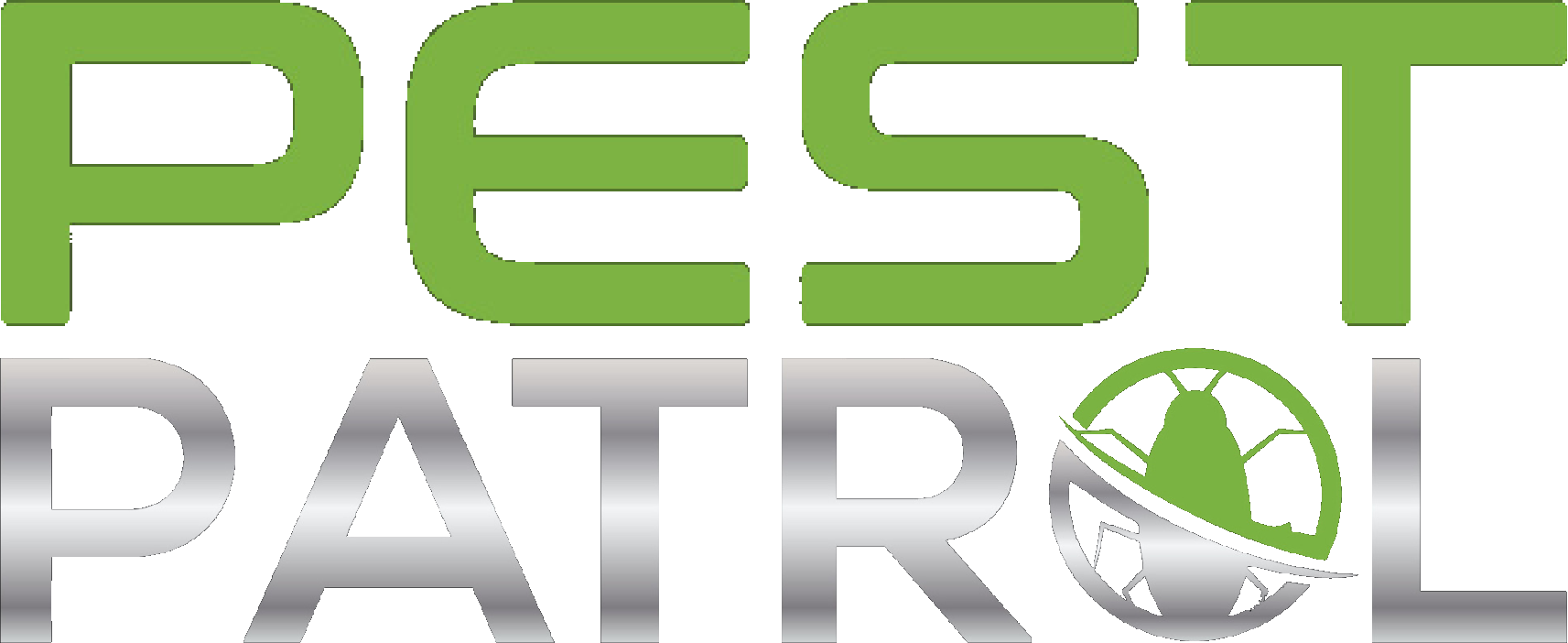Key Takeaways
- Squirrels enter attics seeking warmth, safety, and nesting sites.
- Common signs include scratching noises, droppings, and chewed wires.
- DIY methods are often ineffective and potentially dangerous.
- Prevention includes sealing entry points and reducing food sources.
- Hiring professionals ensures humane, legal, and lasting squirrel removal.
Squirrels may seem harmless scampering through your yard, but once they invade your attic, they can quickly become destructive and stressful guests. In Oregon, where suburban areas border dense trees and parks, squirrels often seek shelter indoors during cooler months. Attics offer warmth, safety from predators, and ample nesting material.
This article will help you understand why squirrels invade, how to identify their presence, the risks involved, and most importantly, why availing the services of a professional is the smartest move for long-term squirrel control.
Why Squirrels Enter Your Attic
Squirrels are opportunistic creatures, especially during fall and winter. They enter homes for a few primary reasons:
- Shelter: Attics provide a quiet, warm place to build nests.
- Food Storage: Squirrels may bring in nuts or food to stockpile for colder months.
- Breeding Grounds: Female squirrels often give birth in attics due to the perceived safety.
They often enter through:
- Gaps in roofing or siding
- Uncapped chimneys
- Attic vents or broken screens
- Overhanging tree branches that give easy access to the roof
Once inside, squirrels can stay for weeks or months if not removed.
Signs of a Squirrel Infestation
Recognizing a squirrel problem early can prevent major damage. Here are the most common indicators:
- Daytime Noises: Squirrels are active during the day. Scratching, scurrying, or chewing sounds from the attic are a key sign.
- Chewed Entry Points: Inspect eaves, soffits, and vents for bite marks.
- Droppings: Small, dark cylindrical droppings are often found near nests or entry points.
- Nesting Debris: Leaves, twigs, insulation, and shredded materials may be scattered throughout the attic.
- Gnawed Wires and Wood: Squirrels chew constantly to maintain their teeth, creating fire hazards and weakening structures.

Why DIY Squirrel Removal is Risky
While it might be tempting to resolve the issue yourself, squirrel removal is not a simple task. Common DIY pitfalls include:
- Improper Trapping: In many states, including Oregon, there are laws regulating the trapping and relocation of wildlife.
- Incomplete Exclusion: Without sealing all access points, squirrels may return within days.
- Personal Injury: Squirrels can bite or scratch if threatened. Climbing into attics without proper safety equipment also poses fall risks.
- Unintended Harm: Using repellents or poisons can be dangerous to children, pets, and other wildlife.
The Value of Professional Pest Control
Professional wildlife control providers are trained to remove squirrels humanely and prevent future infestations. Here’s why hiring experts is the best choice:
- Accurate Identification: Professionals confirm whether squirrels (not rats or raccoons) are the issue.
- Legal Compliance: Licensed technicians follow state wildlife laws during trapping and relocation.
- Thorough Inspection: Experts identify all possible entry points and nesting zones.
- Safe Removal: Use of humane traps and safe handling ensures the process is ethical.
- Long-Term Prevention: Professionals not only remove the squirrels but also offer exclusion services to prevent reentry.
- Cleanup and Repair: Some companies assist in decontamination and insulation replacement.
Local providers like Pest Patrol offer reliable, compliant, and humane squirrel removal solutions. Their expertise gives homeowners peace of mind and restores safety to your property.
Preventing Squirrel Infestations
After removal, taking steps to prevent squirrels from returning is critical. Here are key preventative actions:
- Seal All Entry Points: Use steel mesh, flashing, or metal sheeting to cover openings.
- Install Chimney Caps and Vent Covers: These prevent squirrels from climbing into exposed spaces.
- Trim Tree Branches: Keep branches at least 6–8 feet away from your roof to limit access.
- Secure Garbage and Pet Food: Eliminate outdoor food sources that attract wildlife.
- Inspect Seasonally: Regular checks in spring and fall can catch vulnerabilities early.
If you’re unsure where to begin, a pest control inspection is a great starting point. Pest Patrol, for instance, provides assessments tailored to Oregon homes and can advise you on the most effective exclusion methods.

The Damage Squirrels Cause
Squirrels may be small, but their presence in your attic can lead to significant damage:
- Fire Hazards: Chewed wires are one of the most dangerous consequences.
- Structural Damage: Nesting and gnawing can weaken rafters, joists, and insulation.
- Health Risks: Squirrel droppings and urine can spread diseases and contaminate air quality.
- Noise Disturbance: Constant activity during the day can disrupt sleep and productivity.
By addressing squirrel issues promptly, you can avoid escalating damage and unnecessary expenses.
Frequently Asked Questions
How do squirrels get into the attic?
They enter through gaps, vents, chimneys, or broken siding—often by jumping from nearby trees or climbing walls.
Are squirrels dangerous to humans?
They’re not typically aggressive but can bite or scratch if cornered. Their droppings and urine may pose health risks.
Can I trap and relocate squirrels myself?
Laws vary by state, but improper trapping or relocation may be illegal and ineffective. It’s best to hire a licensed wildlife control service.
How long does it take to remove squirrels professionally?
Depending on the infestation, removal can take anywhere from a day to a week, including follow-up visits.
What time of year are squirrel infestations most common?
Fall and winter, when squirrels seek warm nesting sites, are the peak seasons for attic invasions.
What should I do if I hear noises in my attic during the day?
Daytime noises are a strong indicator of squirrel activity. Contact a pest control expert for an inspection.


